Digital Blending in Photography is Nothing New
If that's the case, how come you're still not using it as much as you could be?
If you're a landscape, cityscape or nightscape photographer, many a time you would have come across situations where you felt that your images looked, well….flat. They probably lacked color and vibrance and maybe looked very dull and boring.
It shouldn't come as a surprise that you need to blend and create some art on your screen.
So, despite taking the time to compose the image and get it right SooC, your photo still fails to perform. Huge bummer – honestly, this sucks.
Sometimes, however hard you try, the weather, lighting and other similar conditions can result in nothing but…uninteresting images.
There are graduated filters that sometimes do a better job, but manually blending the images to create an image that has correct details in all places is the best step forward. Learning digital blending in photography is going to be the next step to creating images you'd be proud to call your own!
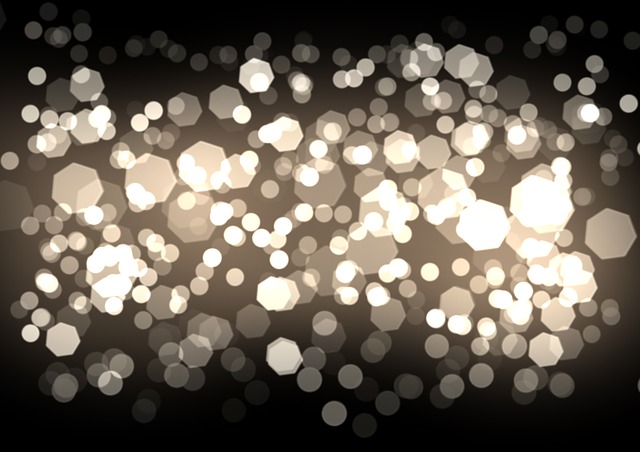
Image from Pexels
But don’t lose heart there yet, there is a solution for all of these and the best solution is to use digital blending techniques to bring out all the details that you wished you could have had in your image. Let's start from the beginning…
What is Digital Blending?
As the name suggests, digital blending is a technique used mostly by landscape photographers (also by other photographers) and is combining together two or more versions of the same image digitally using software like Photoshop.
Basically, you work with layers, using the layer mask method.
The final image is created by revealing or hiding different parts of each layer so that the best areas from all layers are visible in the final image.
The photographer takes at least two images, for example, if it is a landscape where there is huge contrast between a bright sky and the foreground that may appear dark in the image, the photographer takes one image correctly exposed for the sky and another image correctly exposed for the foreground.
These are then blended together and layer masks used to reveal correctly exposed areas from each layer.
There are various blending methods that can be used based on the needs of the photographer and there are some techniques that do not require working with masks at all.
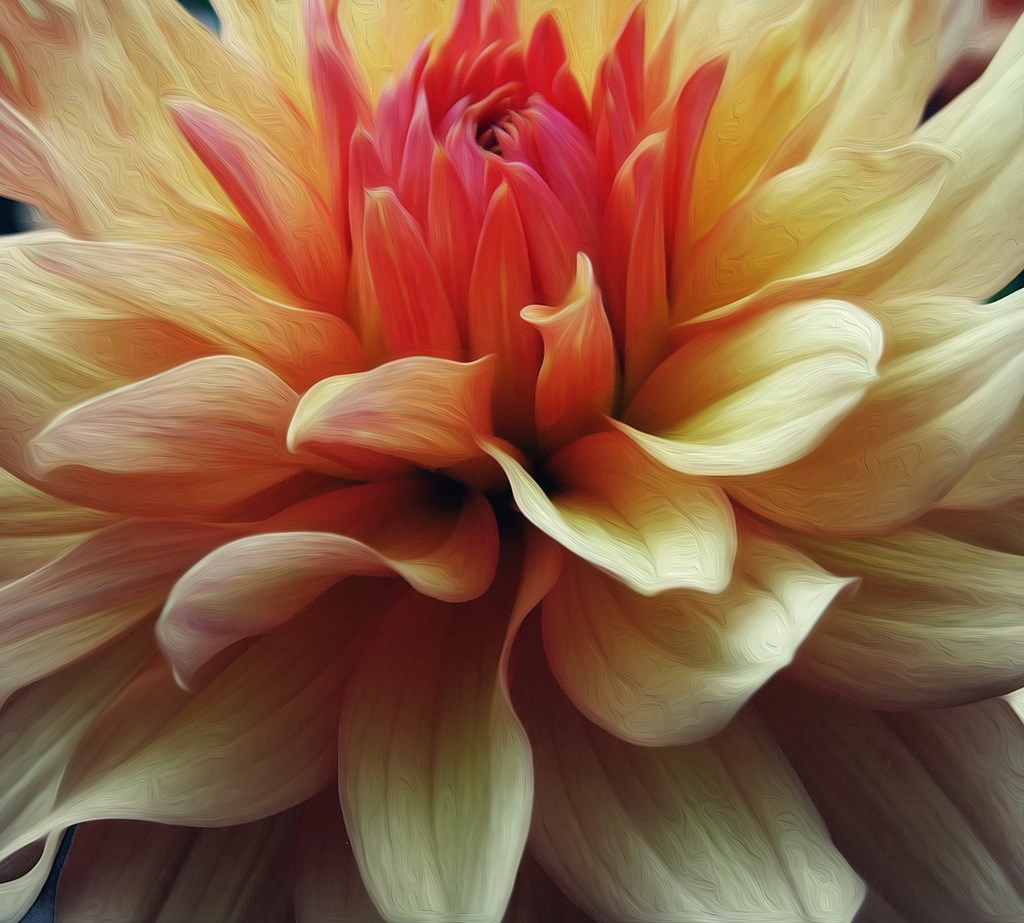
So, in order for you to get started with digital blending, here are some basic tips and techniques that we think will help you:
Digital Blending and How to Apply it to your Photography
1. Gear and Camera Settings
Digital blending requires different brackets of the same frame. It is best to use a camera that can be controlled manually for aperture, shutter speed and exposure.
You do not want to move your camera and lose out important details and elements in the frame due to camera movements – hence using a tripod preferably with a remote trigger is very important when exposing for the same shot multiple times.
Always shoot RAW and use the same aperture values for all the shots in the series. Keep an eye on the metering settings on your camera.
Matrix evaluation metering is the best for landscapes and architecture/cityscape images and these are the type of images that are most commonly considered for digital blending.
2. Exposure Bracketing
This is the basic when it comes to digital blending as you need more than one image of the same frame but with different exposure bracketing.
Take at least two exposure brackets of the same image one with the brighter areas correctly exposed and another one with the darker regions correctly exposed and blend them together.
If you are working with more than two images, say for example 3 or 5 images, the best thing to do is to shoot in steps of 2 EV if you are doing three brackets (-2, 0, +2) or 1 EV step if you are doing five brackets (-2, -1, 0, +1, +2).
WARNING: – Do not wait for too long between shots of the same scene, especially if it is a sunrise, sunset or there are moving clouds, winds or other moving elements.
Best is to use the Auto Exposure bracketing function as it helps to take pictures quickly without having to touch the camera.
There are various methods to utilize digital blending in photography, ones used by pro photographers each depending on what they need to create.
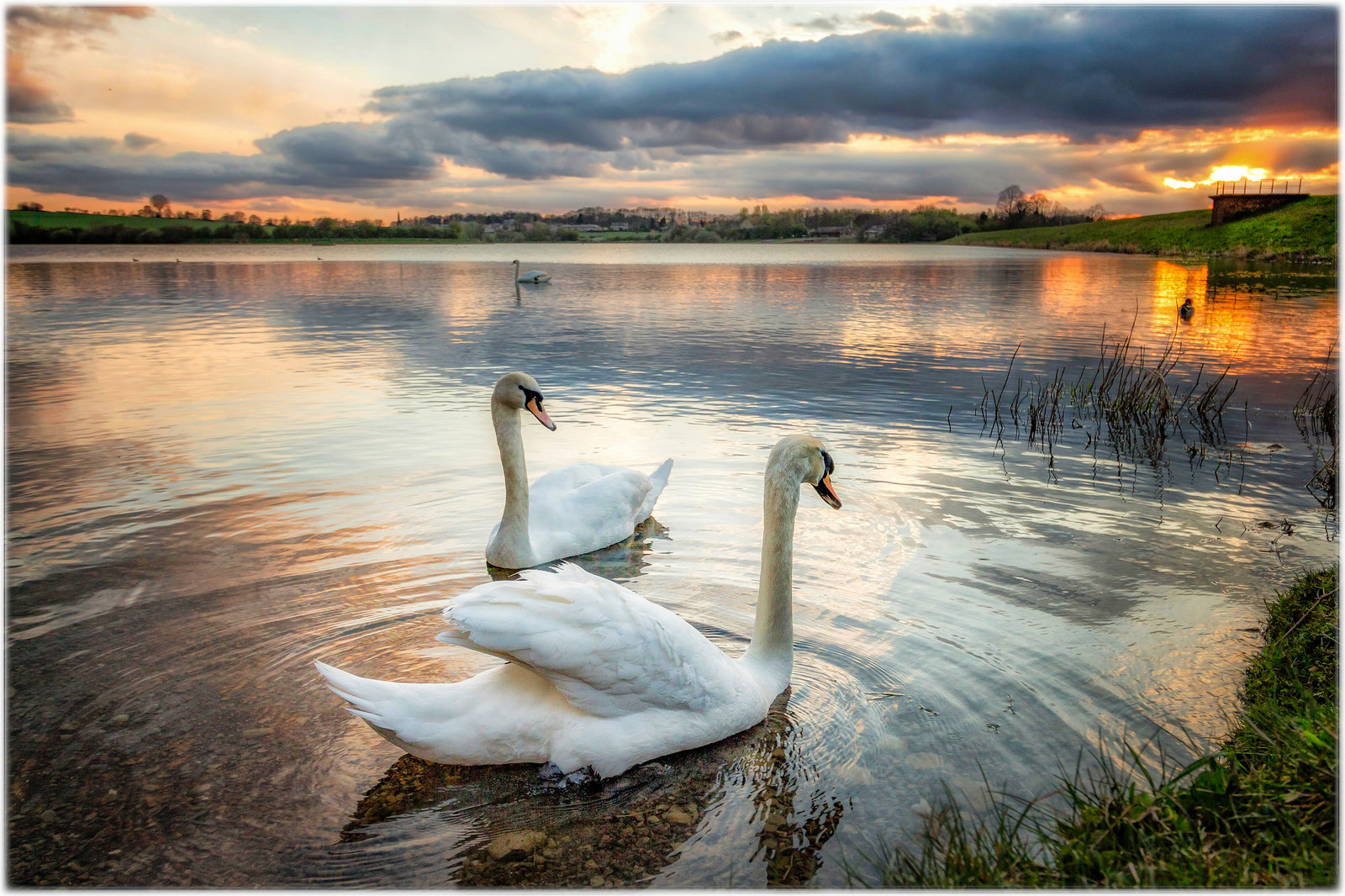
1. Blending Using the HDR Technique
Using the HDR technique is a process where the photographer takes multiple exposures of the same image with different exposure values (a range of bracketed images) and blends them together.
Most of the time, it is three exposures (one underexposed, one correctly exposed and one overexposed), which are then blended using software to create the final photograph.
2. Blending Using the Gradient Mask
Most landscape photographers use a piece of glass in front of their lens called a graduated neutral density filter to darken very bright areas, mostly the sky while maintaining the correct exposure for the other areas.
This can be created in photoshop using the gradient tool technique.
As with all blending methods, this requires you to capture two images; one exposed for shadows (darker regions) and another exposed for highlights (brighter regions).
These are then blended together using the gradient tool in a software like photoshop.
Create a layer mask. With the gradient tool selected, draw a line from above the center of the image to just below the center of the image to reveal the correct details from both images. Certainly, a very quick and easy technique to start with!
3. Using Luminosity Masks
The most powerful of them all is blending images using luminosity masks. So, what is a luminosity mask?
It is a layer mask that hides certain tonal ranges in the image and reveals others.
The masks are created using the image itself, making transitions between the black and white parts smooth and hence does not create those harsh edges or halos.
This is a very flexible method and gives the photographer high control over the workflow.
This method may seem complicated and time-consuming at first, but with practice, you can master this technique and create beautiful images in minutes.
There are a lot of photoshop actions available online free to download. You can make use of them for a start till you create your own masks!
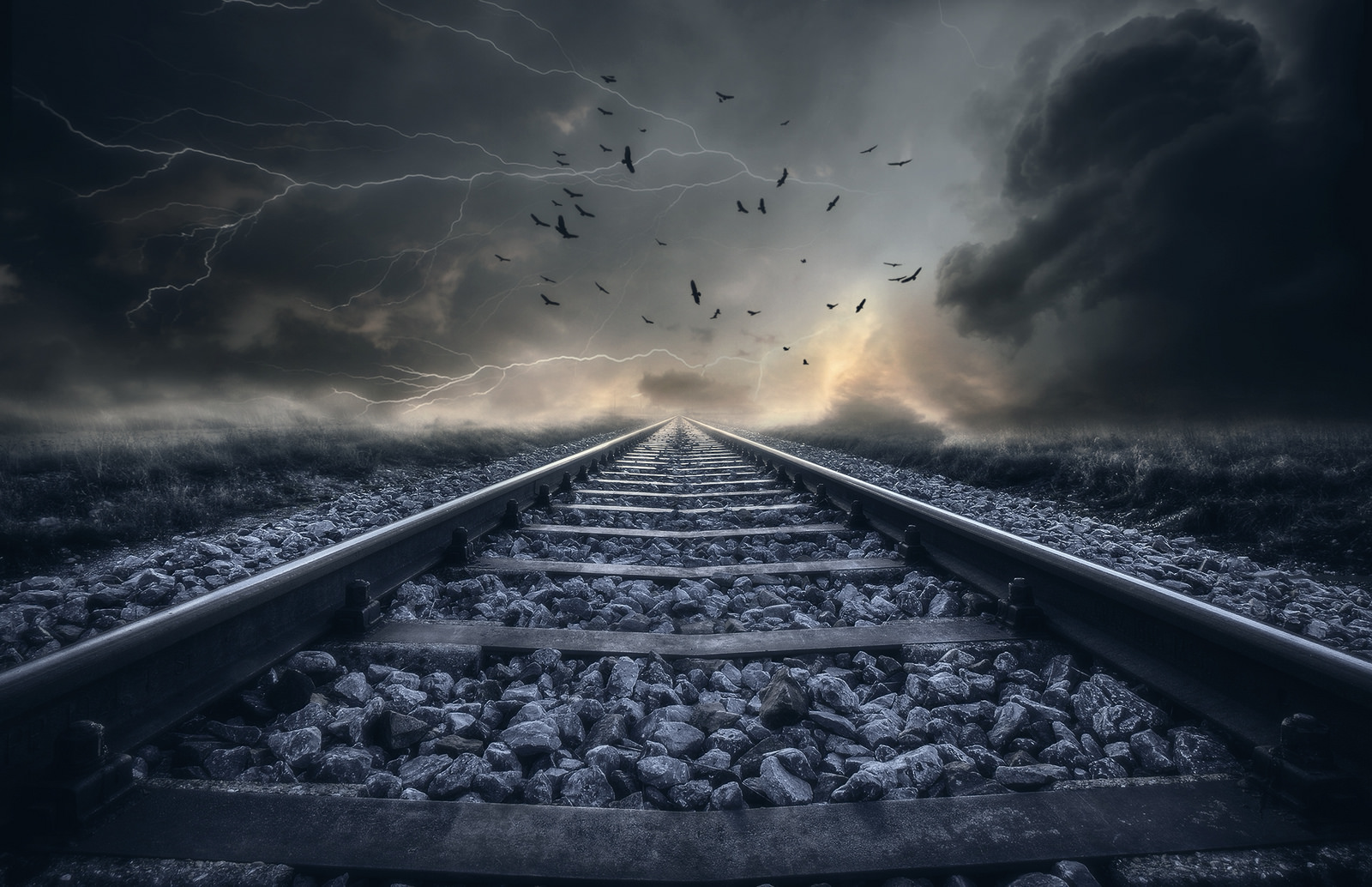
4 QUICK TIPS!
- Having a good understanding of masking techniques and use of brushes is a must, to start with exposure blending techniques. There are good tutorials online that are very quick and easy to understand.
- When using brushes, always use lighter brushes with the flow and opacity levels set to very low, so that you have more control over the brushing technique and this also helps to smooth out details rather than give harsh edges.
- Always try and take a few exposures in situations where there are extreme tonal contrasts to ensure you get a smooth image that covers all the tonal ranges
Summary
If you are creating your own luminosity masks, make sure that you choose an image that has good contrast and then create them.
Now you know what Digital Blending is all about! Awesome.
Further Resources
- 4 Easy Ways To Transform Your Photos With a Luminosity Mask In Photoshop by Yaopey
- How to Do HDR Photography – Gear and Process by Dzvonko Petrovski
- Forget HDR Software! Start Creating Natural, Clean HDRs With Digital Blending by Jimmy McIntyre
Further Learning
Learn the true Art of Digital Blending and become a master at making your older, flatter and lifeless photos pop!
This short course will teach you everything you need to know….

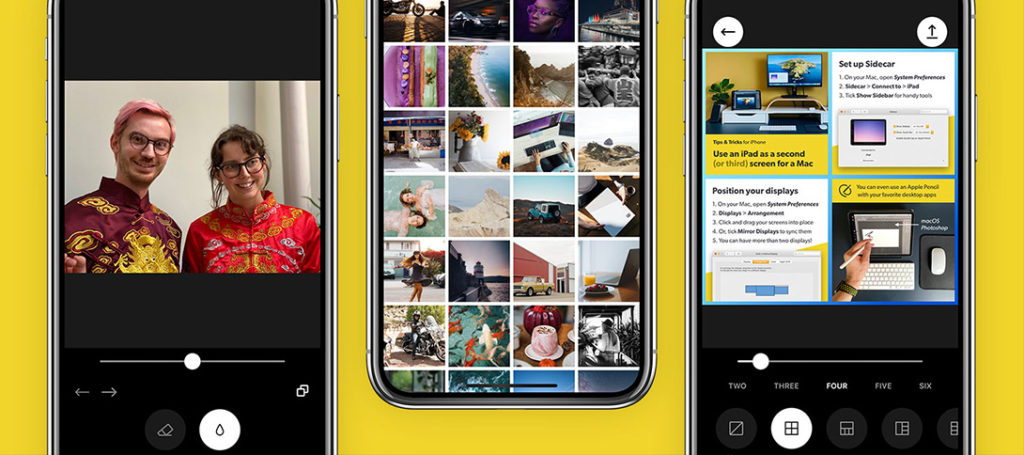
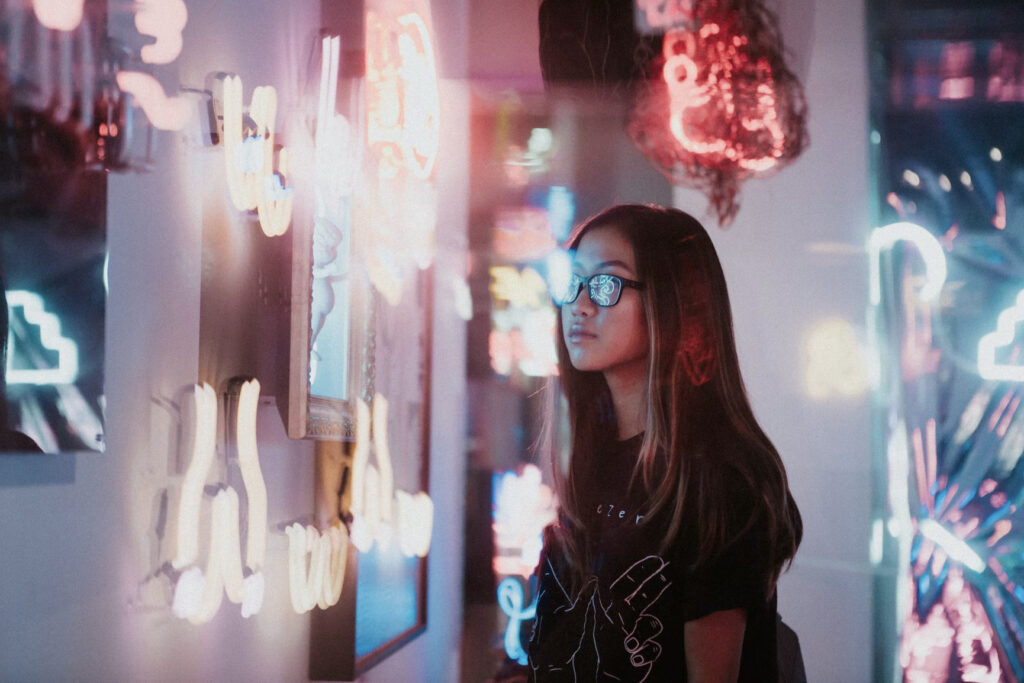
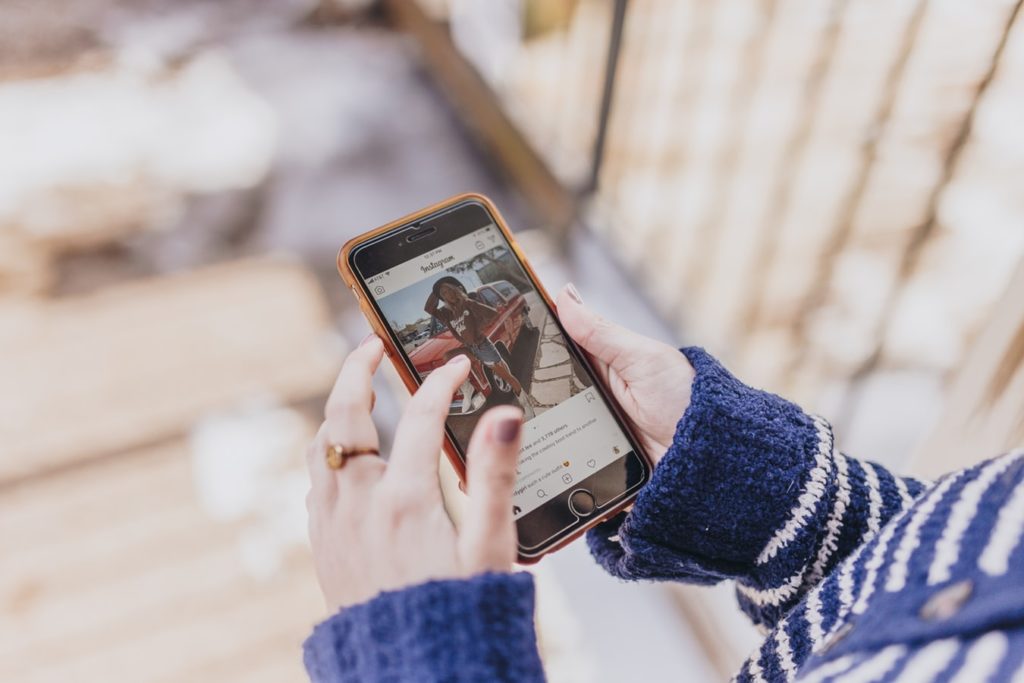

2 Comments
Hi. Nice article on blending, HDR and painting. I clicked on the download for the free “Beautify Skies Cheat Sheet” and only a one page download came through. It had pictures of skies but the writing was about capturing portraitures. Am I missing something about downloading the cheat sheet? I have a workshop on Sunday for landscape photography and could really use the Skies cheat sheet. Thanks.
Hi Brenda, thank you for bringing that to our attention. The link has now been updated with the correct cheat sheet 🙂